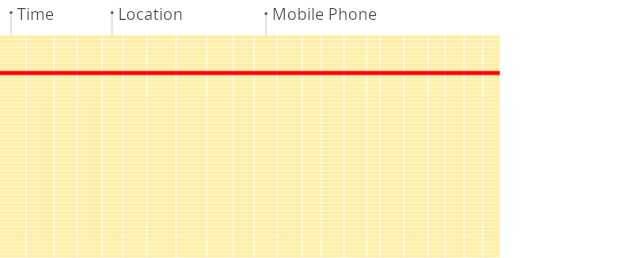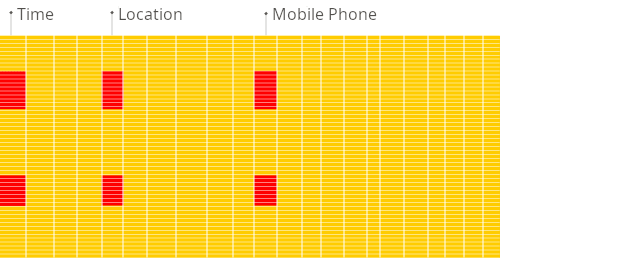How do I enforce a time limit on my queries?
Answer
You can use max_execution_time setting:
clickhouse-cloud :) SELECT 1 SETTINGS max_execution_time=0.0001
SELECT 1
SETTINGS max_execution_time = 0.0001
Query id: 3db752a7-b94f-4456-b3b9-ccbf290d1394
0 rows in set. Elapsed: 0.113 sec.
Received exception from server (version 23.5.1):
Code: 159. DB::Exception: Received from service.aws.clickhouse.cloud:9440. DB::Exception: Timeout exceeded: elapsed 0.000557862 seconds, maximum: 0.0001. (TIMEOUT_EXCEEDED)

